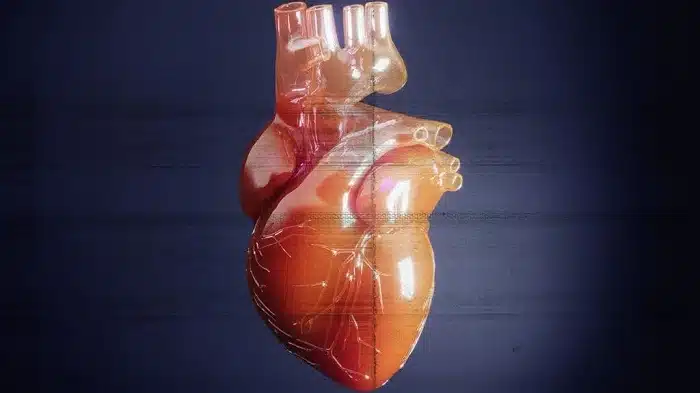
The phrase “septal infarct, age undetermined” is often found in the results of an electrocardiogram (EKG or ECG). It can sound alarming at first glance, especially if you’re not experiencing any noticeable symptoms. But what does it actually mean?
This article explains what a septal infarct is, what it means when its age is undetermined, and how it may or may not affect your heart health.
What Does “Septal Infarct” Mean?
A septal infarct refers to tissue damage or scarring in the septum — the wall separating the left and right sides of your heart. This typically indicates that a heart attack (myocardial infarction) occurred in the past, affecting the septal wall.
| Term | Meaning |
| Septal | Refers to the septum of the heart |
| Infarct | Indicates dead tissue due to lack of blood flow |
| Age Undetermined | Doctors can’t tell how recent or old it is |
“Age undetermined” means the EKG shows signs of past damage, but it’s unclear whether the event was recent or occurred years ago.
Causes of Septal Infarct

Several factors can lead to a septal infarct, usually related to blocked blood flow in the coronary arteries.
| Cause | Description |
| Coronary artery disease | Most frequent cause, due to plaque buildup |
| Previous heart attack | Can leave scar tissue visible on later EKGs |
| Microvascular obstruction | Blockage in small blood vessels near the septum |
| Heart surgery or trauma | May cause minor infarction as a side effect |
Sometimes, even silent heart attacks (those without noticeable symptoms) may lead to a septal infarct that is later detected incidentally.
EKG and Diagnosis
“Septal infarct, age undetermined” is a phrase generated by automated EKG machines based on certain patterns — especially Q-waves in septal leads (V1 to V3). However, false positives are not uncommon.
| What Doctors Look At | Importance |
| EKG interpretation by cardiologist | Confirms or rules out the automated finding |
| Symptoms | Presence of chest pain, fatigue, shortness of breath |
| Medical history | Prior heart attacks or cardiac events |
| Imaging | Tests like echocardiogram or MRI may follow |
The phrase doesn’t necessarily confirm a recent heart problem — additional testing is often needed.
Should You Be Worried?
Not always. If you’re healthy and have no symptoms, the finding may be insignificant or a false positive. But if you have a history of heart issues or risk factors, your doctor may explore further.
| Factor | Impact |
| Current symptoms | May suggest active heart issues |
| Age and lifestyle | Higher risk with age, smoking, diabetes, high cholesterol |
| Prior cardiac history | Past heart attacks make the finding more relevant |
Your doctor will assess the context before determining next steps.
What Happens Next?

If a septal infarct is suspected, your healthcare provider may order further evaluation.
| Test | Purpose |
| Echocardiogram | Looks at heart function and muscle movement |
| Cardiac MRI | Detects scar tissue and confirms infarction area |
| Stress test | Evaluates heart performance under strain |
| Blood tests | Checks for signs of recent heart damage |
Treatment isn’t usually required for the infarct itself unless current heart issues are discovered.
Frequently Asked Questions (FAQ)
What does “age undetermined” mean in a septal infarct?
It means the EKG shows old scarring, but it’s unclear when it occurred — it could be recent or from years ago.
Can a septal infarct be a false positive?
Yes. Automated EKGs can sometimes misread patterns, so cardiologist interpretation is crucial.
Is treatment needed for a septal infarct?
Not usually, unless it’s part of a larger heart condition or linked to active symptoms.
Can you live a normal life after a septal infarct?
Absolutely — many people live healthy lives even with scarring, as long as the rest of the heart functions well.
Is it a sign of a heart attack?
Yes, it can be. It may indicate a past heart attack, even one you didn’t know occurred (silent infarction).
Understanding “septal infarct, age undetermined” starts with knowing that it’s not always an emergency. It’s often a signal to look a bit deeper — with your doctor’s help — to rule out underlying issues and protect your heart for the future.




